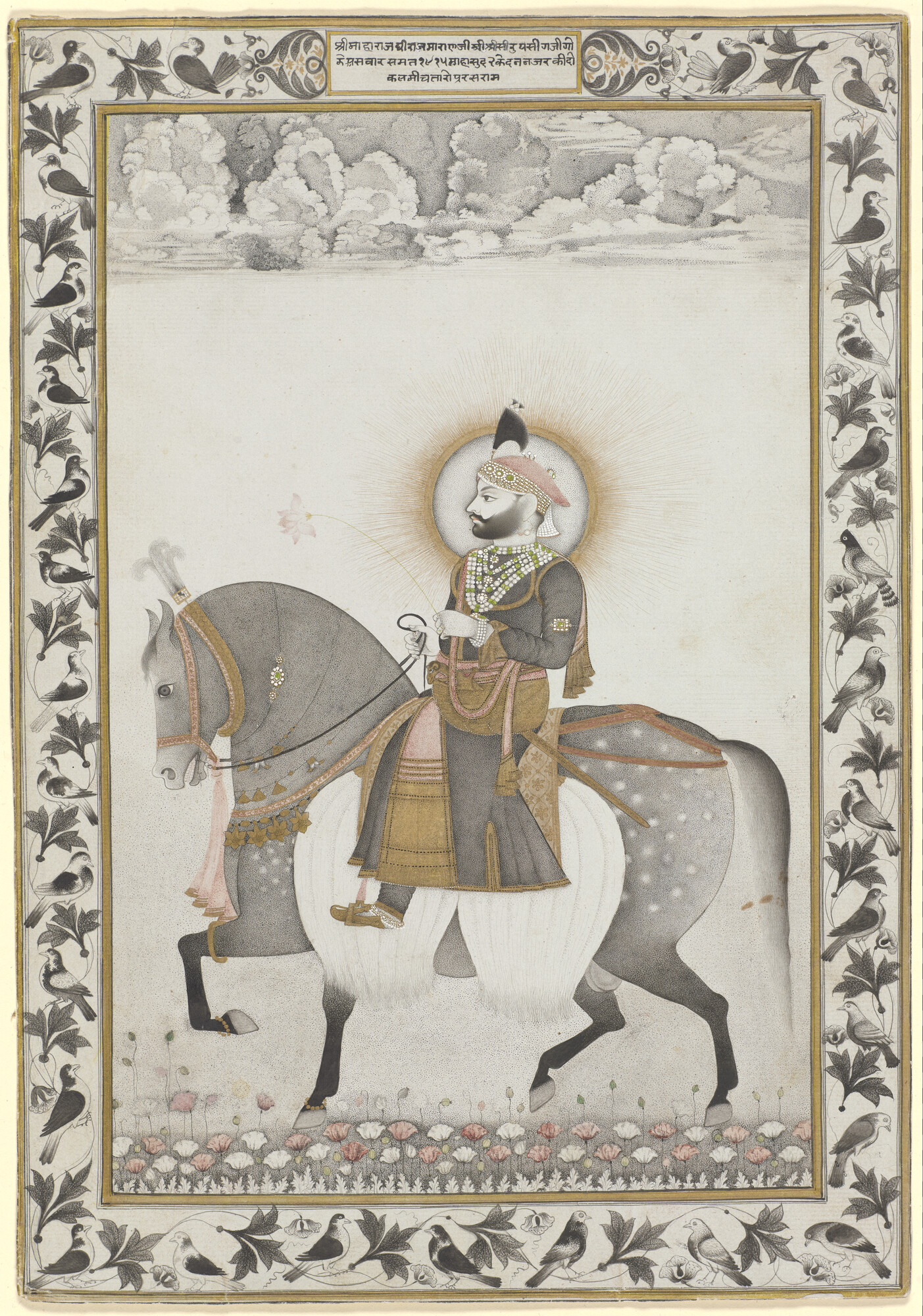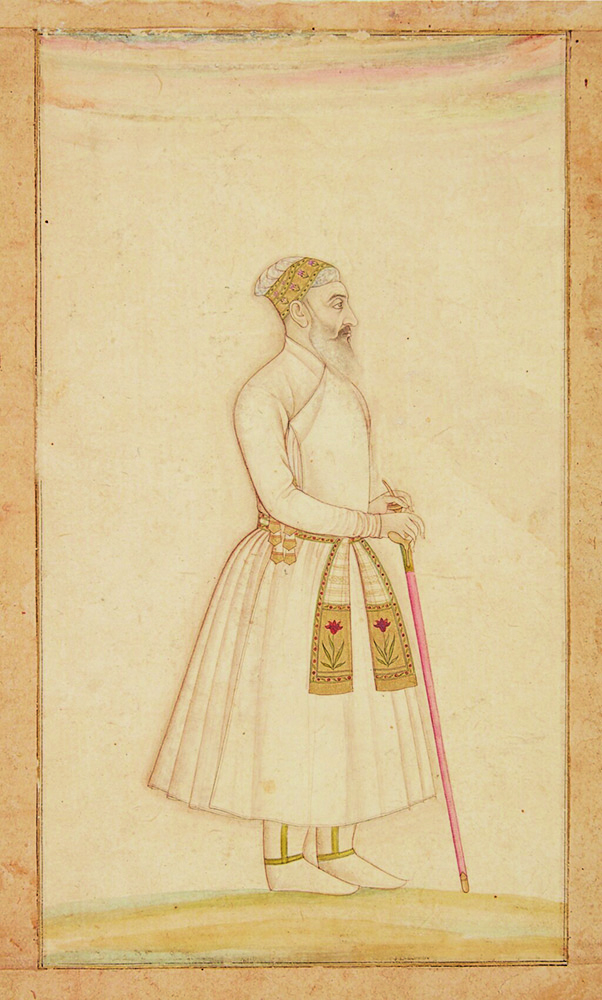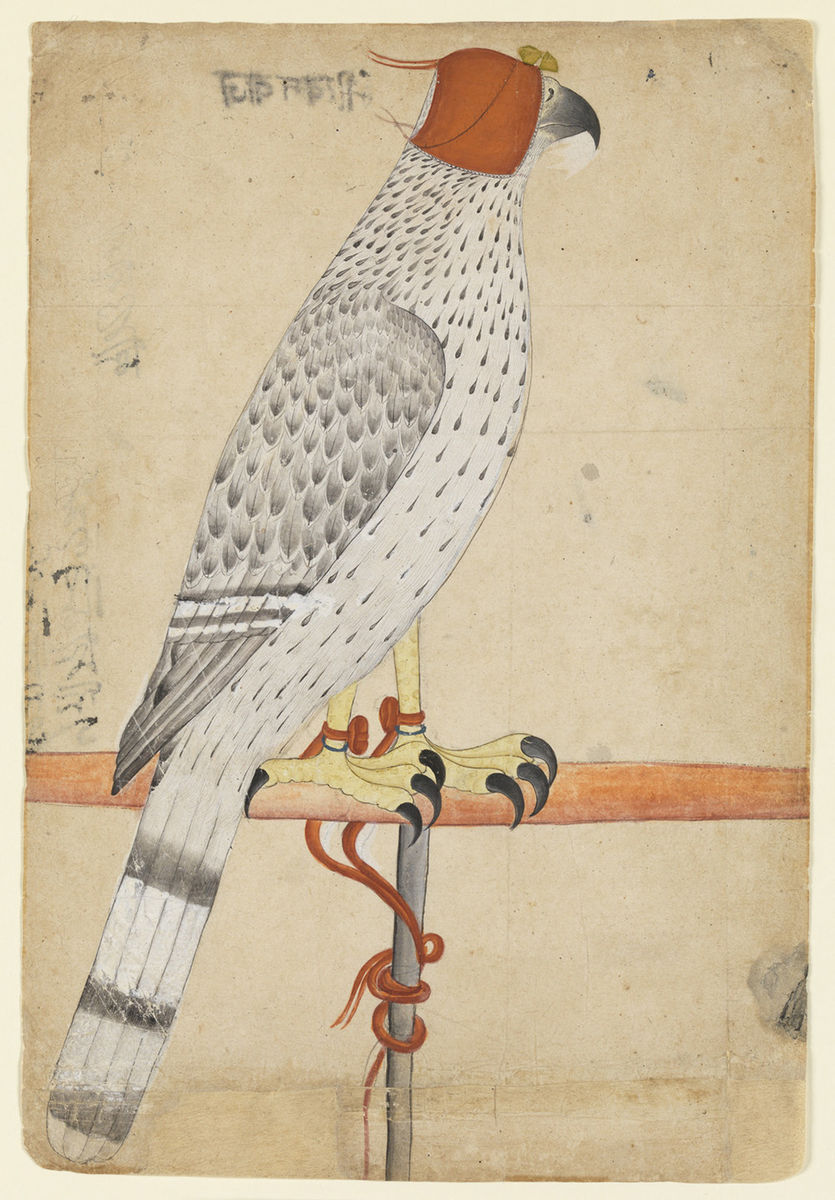Recent Acquisitions of South Asian Art Enhance the Collections
The South Asian subcontinent is home to some of the world’s oldest civilizations. The northwest region of India was the center of the Indus Valley culture that flourished between 3300 BCE and 1300 BCE. This Bronze Age civilization existed concurrently with but was more widespread than those in ancient Egypt and Mesopotamia. After the demise of the Indus Valley communities, many kingdoms and empires rose and fell in the region that now encompasses modern-day India, Pakistan, Bangladesh, Nepal, Afghanistan, and Sri Lanka. Their legacies can be seen in the rich mosaic of religions that originated on the subcontinent, including Buddhism, Hinduism, Jainism, and Sikhism, as well as imported faiths such as Zoroastrianism, Islam, Christianity, and Judaism.
The art historical record of this region is equally rich. By the time the Mughal Empire was founded in 1526, South Asia was home to an expansive and diverse artistic tradition. This tradition comprises distinctive regional styles along with much evidence of intriguing cross-pollination of motifs, compositions, and techniques from different areas, both domestic and international.
Recognizing the importance of the arts of this region, in the last decade, the Museum has given renewed attention to its collection of South Asian art. The first works from this region entered the Museum in the late 1920s. From that point on, we were fortunate to receive gifts and make a few select purchases of paintings, sculptures, and objects from South Asia. By 2010 our South Asian collection contained a few treasures but was uneven and in need of attention. We have since focused with renewed energy on expanding this area of the Museum’s collections. Four recent acquisitions, made between 2010 and 2022, demonstrate one avenue of our collecting focus: portraiture and images that reify status and rank.
Zoe S. Kwok
Associate Curator of Asian Art
Indian
Artist unidentified
Mana Lalji, ca. 1860
Opaque watercolor and gold on paper, 35.3 × 23.9 cm
Museum purchase, Fowler McCormick, Class of 1921, Fund (2013-15)
The inscription on this painting indicates that it is a portrait of a young gentleman named Mana Lalji. While it is unclear who he was, he was obviously a person of some rank or a member of a wealthy family. The artist positioned Mana Lalji standing in profile, the expected pose of a gentleman of note, under a highly decorated archway with a rolled-up curtain above his head. He wears a white robe and blue turban with gold ornaments, as well as gold necklaces and ear ornaments. Barefoot, he holds a string of red prayer beads in one hand, while the other forms a gesture of welcome and comfort. Under his right arm he clutches a white cloth with red decoration. This painting deftly combines the traditional Indian profile portrait with a softer line and more naturalistic shading techniques, both of which were introduced from Europe. The result—the gentle roundness to Lalji’s face and hands, which stand in contrast to the flatly rendered background, carpet, and arch—is a combination of styles common in Jaipur painting of this period.
The figure in this magnificent drawing is Maharana Sarup Singh (r. 1844–61), ruler of the Kingdom of Mewar, in northwest India. The rulers and elites of Mewar supported a thriving painting enterprise that flourished from the middle of the seventeenth to the late nineteenth century, and portraiture was a popular genre for the ruling family and their coterie. While paintings of rulers on horseback appeared in India from the start of the sixteenth century, these early images generally portrayed an active scene, with the emperor surrounded by other figures. Gradually, depictions like this, featuring rider and horse in profile against a sparse background, became popular.
During Sarup Singh’s reign, painters—including the accomplished artist Parasuram, who created this portrait—were known for their innovation in mixing Western painting techniques with traditional methods. This portrait is one of the few surviving examples of an Indian painter working in grisaille, a fine stippling technique in shades of gray that was pioneered by Western engravers, whose works were available on the subcontinent. Hints of red and gold on the maharana’s dress, his horse’s harness, and the foreground poppies enrich the composition. While the portrayal of a ruler in profile with his head encircled by a glowing nimbus was long popular with court painters in India, the decorative border of birds and leaves and the swirling cloudscape at the top of the portrait are distinctly European features.
Indian, Udaipur
Parasuram, active mid- to late 19th century
Mewar Equestrian Portrait of Maharana Sarup Singh, 1859
Stippled drawing with color and gold on paper, 27.5 × 17.8 cm (painting)
Museum purchase, Fowler McCormick, Class of 1921, Fund (2022-40)
Indian, Delhi
Artist unidentified
Portrait of a Court Official, second half of the 18th century
Watercolor and wash on paper with gold, 19 × 10.5 cm
Museum purchase, Asian Art Fund (2021-300)
This delicate and very fine drawing, highlighted with watercolor and gold, portrays a standing court official in profile. The gentleman, evidently slightly advanced in age, holds the handle of a cane with his hands, and the thin, straight pink line of the object provides compositional balance to the figure’s body. The man gazes directly ahead, his eyes slightly sunken and the furrows of his forehead visible. While the man’s physical markers, along with his white beard, indicate his age, his stance is upright, firm, and strong. He is simply but elegantly attired in an unadorned long-sleeve wrap shirt, a full skirt, and tall boots. His high rank is discreetly conveyed by his restrained accessories—a decorated band around his turban, an embroidered sash around his waist, and gold bands on his boots. He stands on a gently curved mound that is colored with pale bands of green and blue wash. At the very top of the composition are pale washes of pink and blue, hinting at colored clouds far overhead. While the figure’s identity is a mystery, his desire to be portrayed in a manner suitable to his status is evident.
For Mughal emperors and regional princes, hunting was not simply a sporting activity but was also viewed as symbolic of rank, an extension of sovereignty, and a key visual spectacle in empire building. Hunting with specially trained falcons rose in popularity from the very beginning of the Mughal Empire in the early sixteenth century. The birds—with their speed, dexterity, and sharp beaks and talons as well as their intelligence—were highly prized. Thus, it was not uncommon to see hunting birds depicted as princely accessories in portraits of Indian rulers; however, paintings of individual birds are highly unusual. Clearly, this was an important and much-loved falcon. Posed in profile, like a ruler or fine gentleman, the bird has a distinctive white and gray feather pattern that has been captured with great care. The matching ocher-colored hood and leg tassels also speak to its status as a highly prized trained raptor.
Indian
Artist unidentified
Ferocious Falcon, late 18th century
Opaque watercolor on paper, 33 × 22.2 cm
Museum purchase, Fowler McCormick, Class of 1921, Fund (2010-137)



